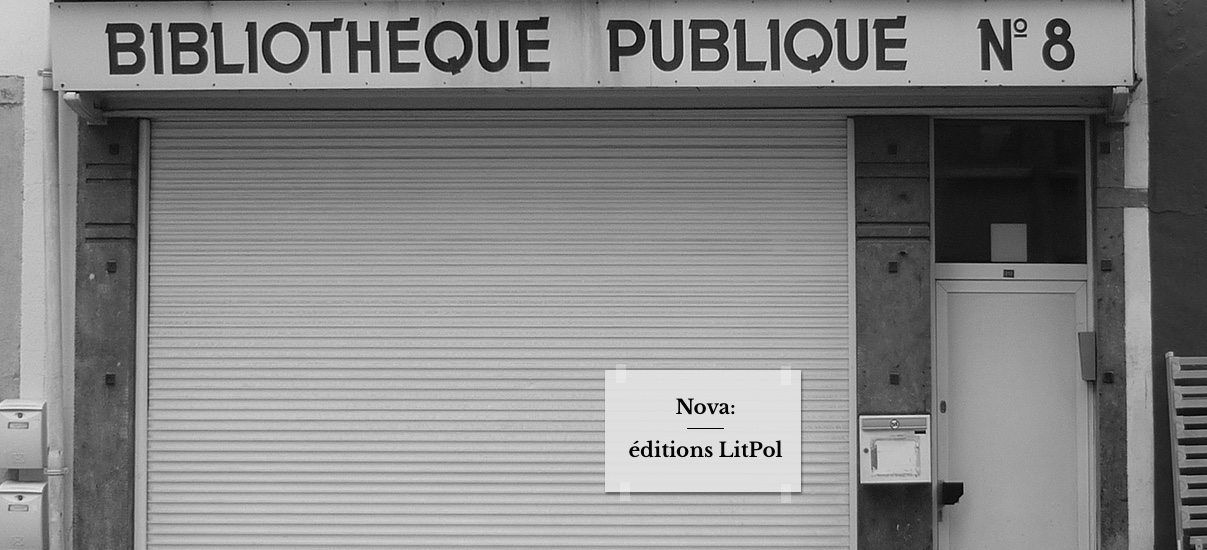There was a long piece on smartphones in the Financial Times the other day. I don't buy the paper regularly. Costs a lot, 3.60 euros, not quite what the casual worker spends his money on in order to have something to read on the subway. The chances are big that he doesn't read at all. Just sits looking kind of stupid with his eyes glued on a smartphone. He or she, that is. But the subject, here, is "it", the little device that connects so many people to nothing. Or nothingness, as you like.
Happy X-mas
Well, the piece, written in Hong Kong by a Louise Lucas and printed in the Friday 2nd of December 2016 edition of the Financial Times, comes with some cute figures. For instance the number of smartphone units sold annually. It's 1,500,000,000 cellphones, can you imagine, way more than the annual number of sold personal computers (only 258 million), televisions (a meager 220 million) or tablets (a ridiculous tiny 198 million).
Smartphones top the business. Because it is, of course, first of all, a business. Every time there's one sold and bought, connecting its user to brightly coloured nothingness, it does make the leaders of this business quite happy, Apple, Samsung, Google and Huawei.
Now, they do have a problem, though. The thing is that the market is to say "saturated". When almost everybody already has a smartphone, to whom will you sell next year's production of the silly same? That's actually the subject matter of the article.
Cold turkey?
The Financial Times is not written for folks like you and me. It aims at investors, board members, corporate big wheels, the kind of people who get somewhat jittery when sales go down. Well, people like you and me better take note. This jittery stratum of society is the one who meddles with our lives. More than you think, actually.
There's another figure in the article that may give us pause. It's the one about the number of components a smartphone is made of. Quite incredible. Google's Pixel XL contains no less than 1.820 different tiny components. Apple's iPhone 7 comes next with 1.815 components, while Huawei's Honor 8 "only" uses 1.729. As Louise Lucas writes, "Even the geekiest home engineer would struggle to put a smartphone together". Made me think of my old screwdriver. Two components, wood handle and steel stylus. Or the book beside my laptop: three components, paper, ink and glue. Pretty archaic. Hardly fits the notion of great business.
The big rip-off
It also reminded me of a book I've just started reading. It's by friend and colleague Raf Custers and it deals with the big natural resources rip-off in Latin America. It's in Dutch (as of yet), published by Belgian editor EPO and called De uitverkoop van Zuid-Amerika (The sell-off of South America).
He starts by saying a few words about indium. Indium is a rare material exported at no cost at all from Bolivia (the country doesn't get a dime) and then refined and commercialized, often in Belgium where the Umicore-Nyrstar, world number one producer, has a plant. Indium is used for smartphone screens, flat TV screens, solar panels and hush-hush military devices. It's, in other words, the kind of material we can't do without. And, as Raf Custers stresses, a material that comes quite cheap because it's extracted from all those down-and-out third-world countries that aren't equipped to process it, or even earn revenues from its export.
Transit, anybody?
The breadcrumb trail in Raf Custers' story is the catchword "transition". He states at the outset that transition is presently the name of the game and, in a concluding remark, "That the world belongs to us. We need a transition to reach that goal." That's all very fine but for two things.
Number one is that transition is not a new idea at all, we've been embarked in a transition since the late eighties, when the USSR closed shop and US hegemony ruled undisputed to impose its neoliberal transition word-wide. Number two is that it would of course be terrific if the Bolivian people could benefit from its own riches but, then again, as Custers notes, refining indium requires - unsustainably? - "enormous volumes of chemicals". So it's perhaps not such a good idea to process indium in the first place after all...
Well, never mind. It's a great book, grassroot-reporting as its best. Read it. (Learn Dutch). A last word on the Financial Times piece before signing off. What it says to the jittery folks at the top is that the smartphone supercycle is nearing its end and, well, they've got to lower their expectations. True, there are side-markets to be explored and exploited, for instance in the "intelligent" car business: according to one forecast, the semiconductor content per car is bound to "double from $350 to $700 by 2020 - equivalent to adding more than two iPhones with about $150 in chip content apiece". And so on and so forth. Given that regulators (read the EU, read Washington) take their cue from corporate lobbyists, such appliances will no doubt be mandatory (the finest sales-mechanism of all), all hope is not lost. But then again, for folks like you and me: who cares?
